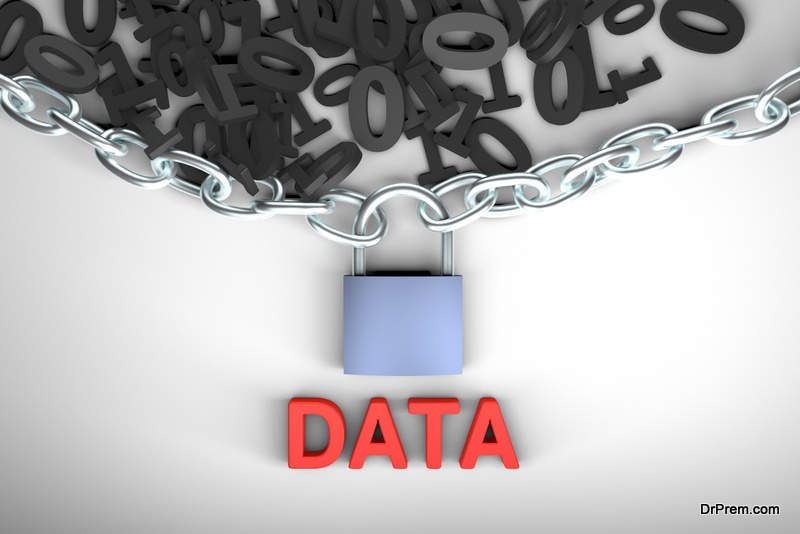Our devices are connected in ways that has never been seen before. You can copy a selection on your laptop and then paste it immediately after on your phone. You can pick up where you left off from your work computer on your home computer if you are taking the afternoon off.
The potential for these endpoint devices and the cloud is huge, but it is also a huge security issue. More endpoints mean, in essence, more weak points. An employee accidentally downloading a trojan horse could mean a breach in your company’s data.
Risks that Come with The Cloud and the Internet of Things
There are two main risks that come with both Cloud Computing and the Internet of Things.
1. Increased Risk of Hacking

Though the cloud provider is responsible for the infrastructure and to keep security top notch, there are responsibilities beholden to their clients. These responsibilities include tasks such as limiting access to information, limiting breaches from their endpoints, and to refrain from uploading compromised data.
2. Increased Number of Weak Spots
With the Internet of Thingsconvenience is at an all-time high, but so too are the number of weak spots in your company’s system.
How to Protect Every Device
To protect every device, you will want to follow these tips:
1. Invest in Proper Endpoint Protection

Endpoint protection can easily be acquired through digital security products offered by McAfee, who specialize in endpoint protection. Endpoints refer to every device that connects to your system, and if any one of them is compromised, it could act as a backdoor to your data.
2. Only Download Reputable Apps
Only use and download programs and documents that are from a reputable provider. This applies to phones, watches, computers, and more. If you can, try to scan these programs before you install them onto any device that has access to your network.
3. Learn the Latest Hacking Threats
Learn both the most common hacking threats (clicking on a suspicious link or downloading a suspect file) and stay up to date with the latest hacking threats. Criminals are very crafty, and a trojan email won’t look like an obvious spam newsletter. It will be a professionally crafted email from your bank, or it might look like it has come from the government. Either way, always proceed with caution and learn (and teach your employees) what to look out for.
4. Use Unique Passwords
Ensure everyone uses unique passwords and double up on access rights and restrictions on your cloud account. A low-level employee does not need to and should never have access to, say, your financial records. By limiting data this way, you can contain a breach before it becomes an issue.
5. Encrypt What You Can

Encrypt what data you can and try to store an up-to-date copy of key information about your company offline. This way a hack will turn up nothing and you will have the bare bones of your company to build your brand back up if a ransomware attack goes too far.
6. Run Safety Checks
Hire an IT company and run regular safety checks on your system. Look for faults within your system, improve them, audit your strategy, and always strive to fortify your firewall and security protections further.
7. Keep All Apps and Programs Updated

Keep all the apps and programs updated. This applies to anyone whose device is connected to your device. If anyone isn’t using an app, have them delete it so that there are no weaknesses.
Protecting every device on your network can be difficult, but it is not impossible. With the right strategy, tools, and know-how you can reduce the risk of an external threat substantially.
Article Submitted By Community Writer



